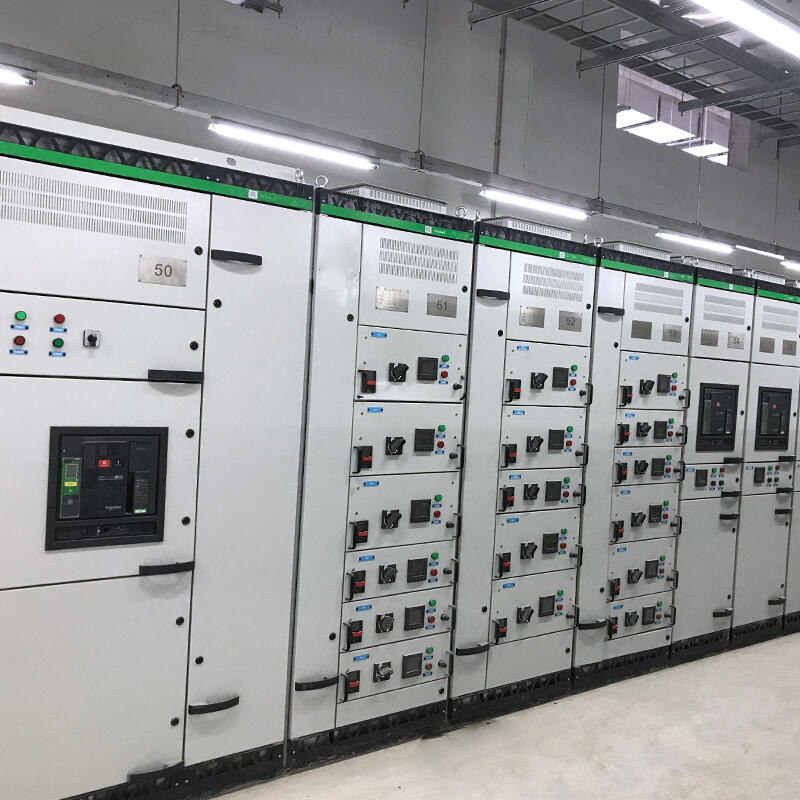Custom switchgear design and fabrication involve creating tailored electrical switchgear systems to meet the unique requirements of specific projects or applications. This process begins with a detailed analysis of the client's needs, including power capacity, voltage levels, space constraints, environmental conditions, and integration with existing systems. Engineers work closely with clients to develop design specifications that align with their operational goals, safety standards, and regulatory requirements. During the design phase, advanced software tools are used to model the switchgear, simulate performance under various conditions, and optimize the layout for efficiency and accessibility. Custom switchgear design often incorporates specialized components and configurations to address specific challenges, such as high humidity, corrosive environments, or the need for compact sizing in limited spaces. Once the design is finalized, the fabrication process begins, utilizing high-quality materials and precision manufacturing techniques to ensure the switchgear meets the exact specifications. Skilled technicians assemble, test, and calibrate each component, conducting rigorous quality checks to verify performance, safety, and reliability. Custom switchgear fabrication also includes the integration of advanced features, such as smart monitoring systems, remote control capabilities, and compatibility with renewable energy sources, to enhance functionality and adaptability. This personalized approach ensures that the switchgear not only meets the immediate needs of the client but also provides flexibility for future expansions or modifications. By offering custom switchgear design and fabrication services, suppliers can deliver solutions that are perfectly suited to the unique demands of each project, ensuring optimal performance, safety, and long-term value.


